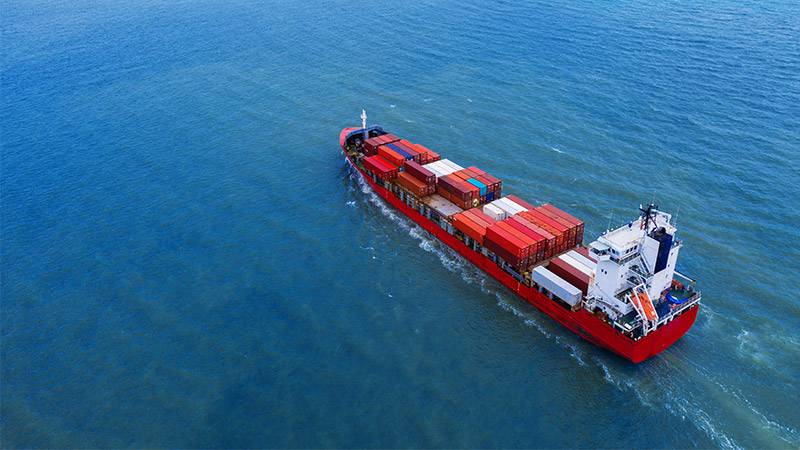The global shipping industry, a significant contributor to greenhouse gas emissions, is increasingly turning to wind power as a means to reduce its carbon footprint. With the industry responsible for approximately 3% of the world’s greenhouse gas emissions, equivalent to about one billion metric tons of CO2 annually, there’s a pressing need for sustainable alternatives. As global trade continues to grow, so does the industry’s environmental impact.
Historically, ships have relied on the wind for propulsion. Today, innovative designs and technologies are bringing this age-old concept back to the forefront. One such example is the Pyxis Ocean, chartered by Cargill Ocean Transportation, which embarked on its maiden wind-assisted journey from China to Brazil in August. The vessel is equipped with two wings that adjust to capture the wind, reducing its fuel consumption by 30%. These wings, despite weighing 125 tons each, are a mere fraction of the ship’s total carrying capacity of 82,000 tons. Jan Dieleman, president of Cargill Ocean Transportation, emphasized the benefits, stating, “Wind is free fuel.”
Another innovative design comes from the French company Airseas, which has developed a massive kite-like sail. Stored in a tank on the ship’s bow, the kite is deployed to reach almost 1,000 feet above, taking advantage of stronger winds. Vincent Bernatets, CEO and co-founder of Airseas, revealed that this design could reduce fuel consumption by up to 40% on certain routes. Recognizing its potential, a major Japanese shipping company has already placed orders for five of these sails.
However, wind-powered ships still require backup fuel, especially in harbors or during calm conditions. The primary goal is to minimize dependence on fossil fuels. Dieleman highlighted the economic benefits, noting that saving a ton of carbon equates to saving a third of a ton of fuel.
Currently, out of the 60,000 cargo ships worldwide, only about 30 utilize wind assistance. But Gavin Allwright, secretary general of the International Windship Association, predicts that by 2030, this number could soar to 10,700.
The push for wind propulsion comes as nations globally commit to eliminating shipping emissions by 2050. Achieving this target heavily relies on the adoption of zero-carbon fuels, like ammonia produced using wind or solar energy. However, these alternatives present challenges, including high costs and potential toxic leaks.
Of a worldwide fleet of about 60,000 cargo ships, roughly 30 are wind-assisted, said Gavin Allwright, the secretary general of the International Windship Association, a trade group. But as many as 10,700 merchant ships are projected to use wind propulsion by 2030, he said.
John Maggs, the shipping policy director at Seas at Risk, commented on the industry’s resistance to change, pointing out that shipping companies entrenched in fossil fuels would likely pivot to selling these alternative fuels.
Research suggests that by 2030, shipping emissions could decrease by up to 47% through a mix of wind propulsion, new fuels, and reduced speeds. According to The New York Times, this reduction would not only benefit the environment but also marine life. For instance, slower ship speeds could decrease the estimated 20,000 whale deaths caused by ships annually.
European countries, including Britain, France, Norway, and the Netherlands, are at the forefront of wind-ship development. These new designs, while varied, are predominantly automated and sensor-equipped.
While the costs of integrating wind propulsion are kept under wraps, estimates suggest an investment ranging from several hundred thousand to over a million dollars. The return on investment is estimated at three to five years for retrofitted ships and even longer for new builds.
Lastly, the Swedish company Wallenius Marine is venturing into wind-powered ships, aiming for a 90% reduction in carbon emissions. In a unique collaboration, the company has partnered with the iconic Swedish pop band Abba for a virtual concert, emphasizing sustainability. Wallenius even secured rights to name its vessels after Abba songs, though the final choices remain under wraps.
More inspiring green news similar to this:


